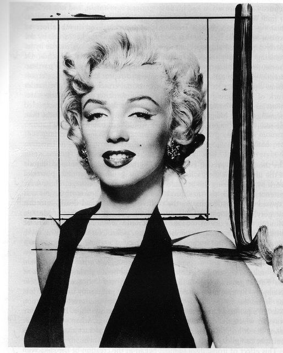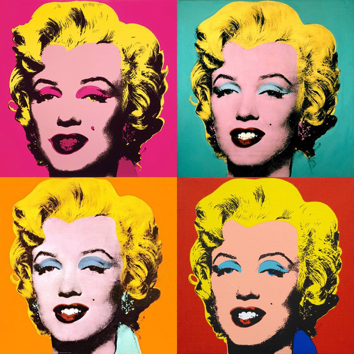Warhol: The Mechanical Art
- Mar 15, 2018
- 3 min read
Last week the IEU Art’s & Creativity Club visited the Andy Warhol exhibit about mechanical art at the CaixaForum in Madrid. The focus of this exhibition was on mechanical art and the way Warhol revolutionised not only the society of his time, but ours as well. Read on to learn through seven facts about Warhol's power to turn anything into art.
It is undeniable that it is through the figure of Warhol that art pivoted and was no longer as close-minded as in the past. In fact, from then on anything could become art – as long as it had a purpose or concept behind, of course. Here are a few fun facts about Andy’s art that you may not know:
1. Andy used to be bullied at school for his illness and had to drop out.
Consequently, his only interaction with the rest of the world was via television, newspapers, fashion articles and the radio. From then on, he discovered his love for art and started helping with the editing of many fashion magazines and brands, such as Tiffany and Vogue among many others.


2. Andy Warhol really enjoyed playing with the audience's attention.
Have you ever noticed that the various Marylyn Monroe portraits do not only have different colours, but also they are not coloured the same way? In fact, there are some “mistakes” in the blazoning that can be noticed in the artwork.
Moreover, what is key to this newly introduced idea and photo-silkscreen process is that it enables Andy to convert popular icons into art. By doing so, art stops being so close-minded and becomes a somewhat more consumed product within the market. Furthermore, the first Marylyn Monroe painting was made the day of her death in 1962 using iridescent gold for the background.
3. The Campbell’s Soup Cans is interpreted as a critique towards consumerism society.
It is often believed that the Tomato Soup Can was the first artwork out of the 32 paintings. However, although the first flavour introduced by the company in 1897 was tomato, the Beef flavour soup was the first artwork. Furthermore, this artwork was not ordered by the company Campbell despite the fact that this was an incredible advertising campaign.
4. From the supermarket to the art market
these Brillo Boxes are not real, but instead precise copies of commercial packaging that were first exposed at the supermarket.The Brillo Boxes are one Andy’s most recognisable sculpture series. It is interesting to see how Warhol transformed a banal commercial product into a work of art. However,
5. As mentioned earlier, Andy converted popular icons into art. However, many of the pictures used in his artworks were actually not taken by him. Thus, he got a few times into trouble – mainly for using this picture of flowers!
6. When the Chinese leader Mao Tse Tung (1972) came to the US and saw Andy’s artwork, he did not like it. In fact, Andy’ portraits of Mao were later banned in the Warhol exhibition in Beijing and Shanghai in 2012. Overall, the Chinese society had never before seen such a representation of an eminence. It can be said that it was quite of a cultural shock for local population.
Finally, one could say that Andy showed us things that you would not usually look at nor consider worth to be seen as art. In fact, Andy saw the world with a unique sensibility and changed it accordingly. His strongest weapon for that was the usage of photo-silkscreen process allowing him to easily duplicate any artwork. It consequently revolutionized the world and gave a fresh pivot to the art industry.
To conclude, never make fun of “the bullied” kids at school, they could one day change the world!













Comments